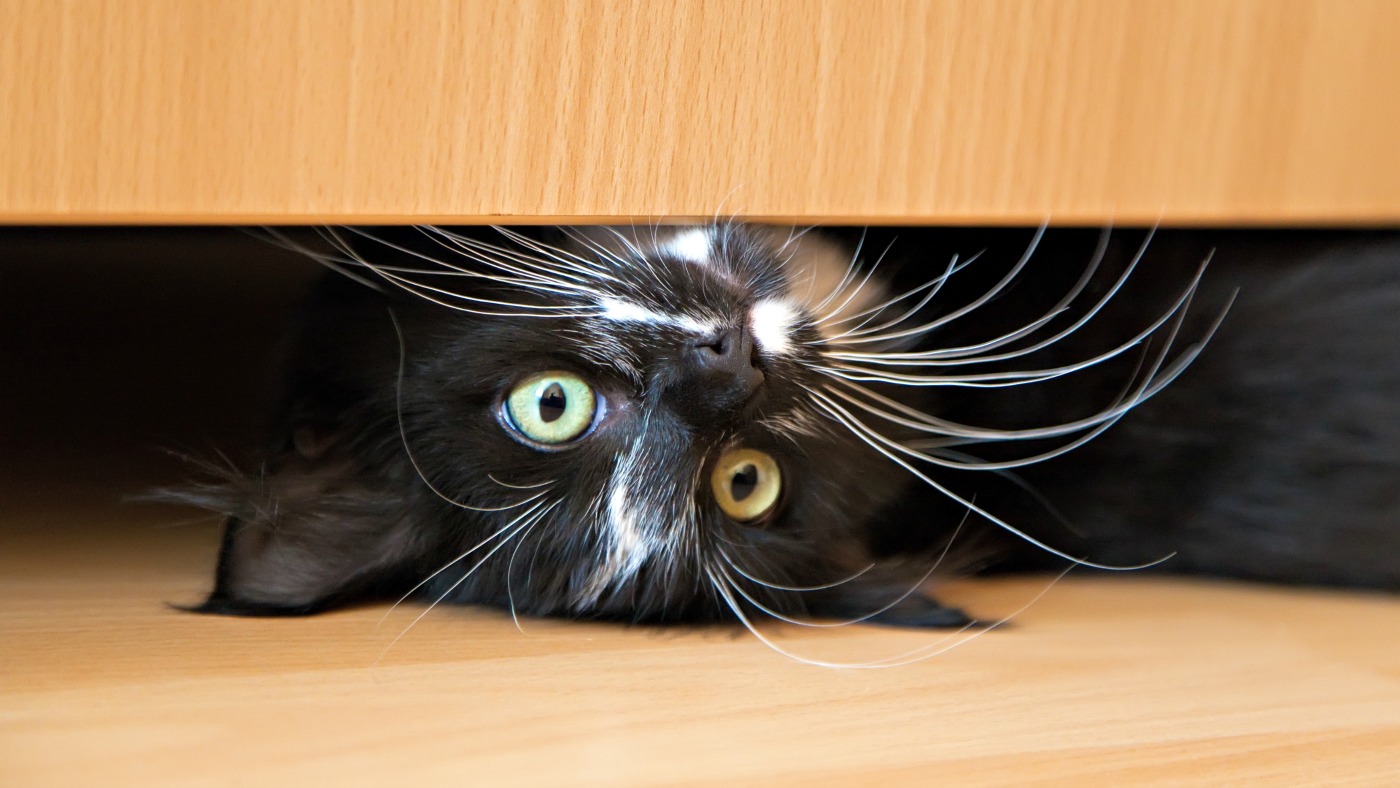Q. My family aspires to environmentally friendly cat ownership. Because our cat is indoor only, there is an excess of hair in the house that gets on furniture, bedding, and clothes, so we go through a lot of the sticky tape lint rollers.
We’ve tried the felt brushes that are supposed to be a good alternative, but our cat’s hair is very thick and extra clinging and they just don’t work as well as the tape. We brush her to reduce shedding, but that doesn’t stop her hairs from floating onto my black pants minutes before I have to leave for work.
What is the most effective AND low-waste lint roller alternative?
Frances E.
Seattle, WA
A. Dearest Frances,
You mean beyond shaving the cat?
I kid, of course. Cats rarely sit still enough for a close shave. Unless you’re a Sphynx devotee, hair is an unfortunate byproduct of pet ownership. The good news is that you don’t have to resign yourself to tumbleweeds of cat hair drifting through your living room. Effective fur removal does require a bit of elbow grease, though.
Brushing kitty (or puppy) daily with a stainless steel tool is a great start, as that snags loose hairs before they can get on your pants and redistributes oils in your pet’s coat to further reduce shedding. But as you note, Frances, that won’t solve the problem entirely. And while lint rollers with sticky tape can be effective, you don’t need to throw away gobs of used tape to get the job done. In fact, despite what pet stores would have you believe, you don’t even need a special tool.
Now, I’ve cleaned up after my share of pets over the years, and I’ve found that nothing de-hairs the couch like hands-on scrubbing with a slightly damp rag or old sponge. Repeatedly wiping the surface with one makes pet hair clump together in strings, which you then can pluck easily from the surface and compost. It feels a little gross, I suppose, but hey, it’s just cat hair – the very same stuff that feels so soft and cozy when it’s still attached to a purring feline.
In case you’d like a few more options, Frances, I hear microfiber cloths work wonders. Others swear by rubber gloves (either damp or dry) or even your bare hands. No matter what you pick, I’ve always found it’s easier to de-fur the house frequently, before a pillow’s worth of cat hair builds up on the cushions.
What all these methods have in common is that they’re zero-waste: The tools can be washed and reused to battle pet hair another day. And there’s no need to buy any specialized products, so you’ll save yourself a few bucks (and trips to the pet store) while you’re at it. Cleaning up after pets is never exactly fun, but at least you can rest easy knowing this strategy fits perfectly with your green pet-owning style.
Furrily,
Umbra



